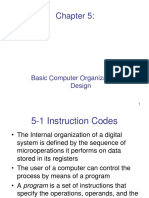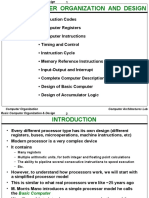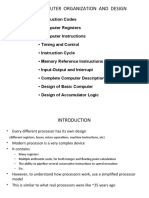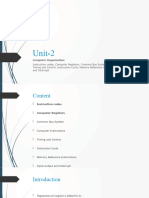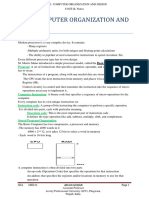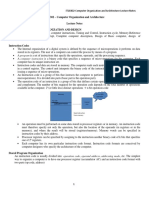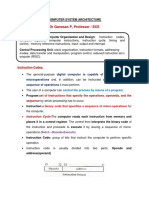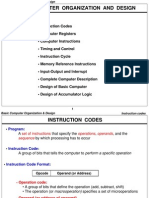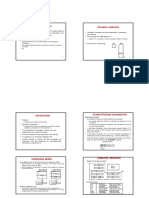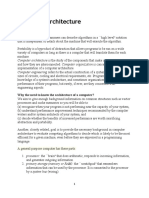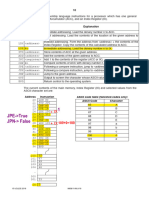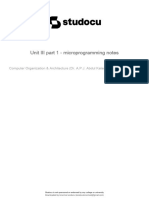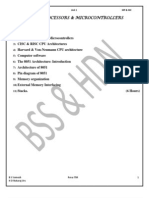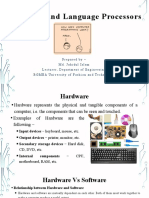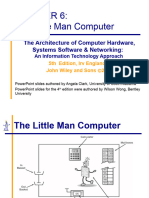0% found this document useful (0 votes)
31 views49 pagesChapter 3P1
Chapter 3 discusses the basic organization and design of computers, focusing on instruction codes, microoperations, and the role of registers. It explains how instructions are stored, executed, and the significance of operation codes and addressing modes. The chapter also covers the timing and control mechanisms that govern instruction cycles and the execution of programs in a microcontroller/microprocessor system.
Uploaded by
aboodothman76Copyright
© © All Rights Reserved
We take content rights seriously. If you suspect this is your content, claim it here.
Available Formats
Download as PDF, TXT or read online on Scribd
0% found this document useful (0 votes)
31 views49 pagesChapter 3P1
Chapter 3 discusses the basic organization and design of computers, focusing on instruction codes, microoperations, and the role of registers. It explains how instructions are stored, executed, and the significance of operation codes and addressing modes. The chapter also covers the timing and control mechanisms that govern instruction cycles and the execution of programs in a microcontroller/microprocessor system.
Uploaded by
aboodothman76Copyright
© © All Rights Reserved
We take content rights seriously. If you suspect this is your content, claim it here.
Available Formats
Download as PDF, TXT or read online on Scribd
/ 49
